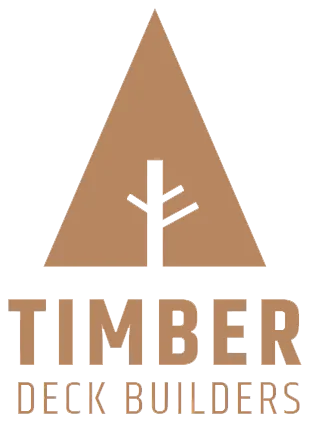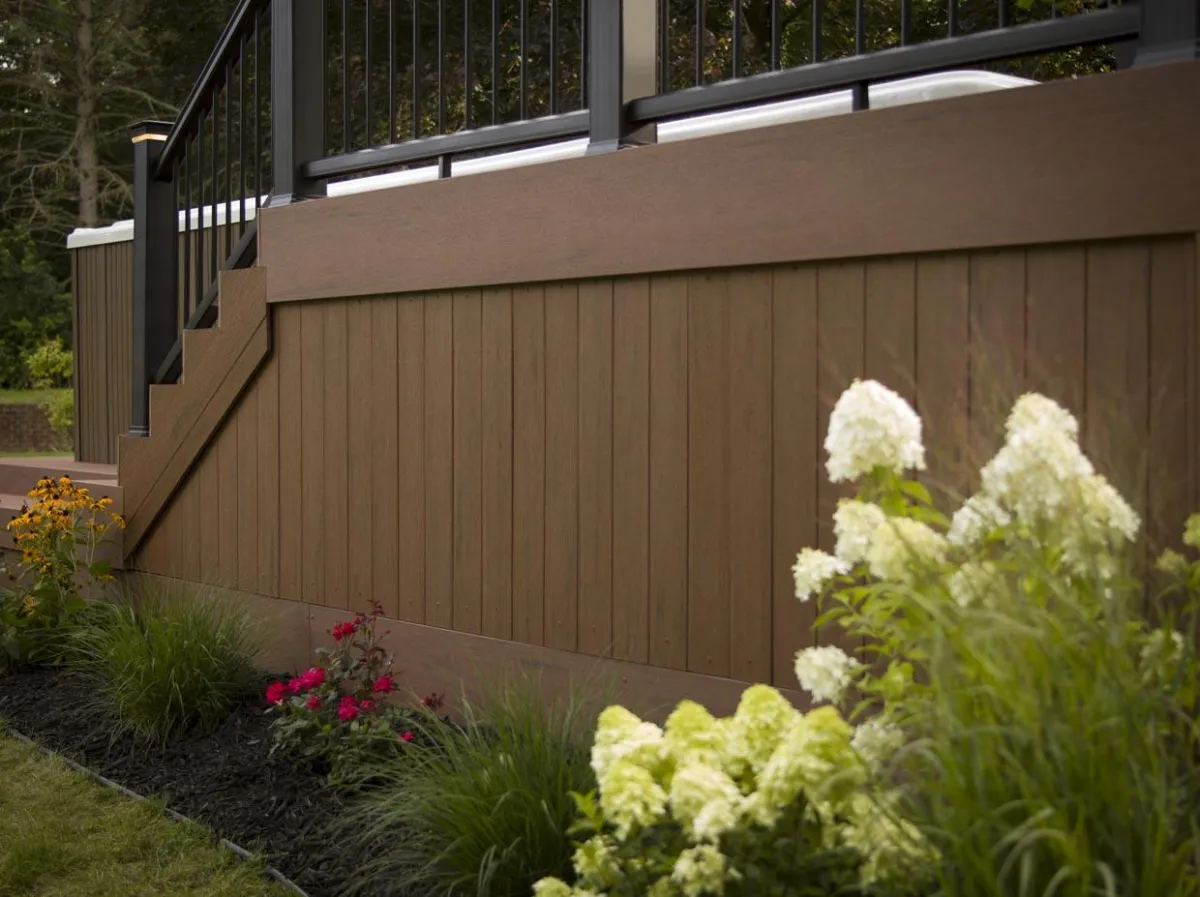
What is Fascia on a Deck? A Complete Guide to Deck Trim

Are you looking at your deck and wondering about that board running along its outer edge? Many homeowners ask what is fascia on a deck, and we're here to help you understand this important deck component.
Think of fascia as your deck's picture frame – it's both decorative and functional, giving your deck a polished, finished look while protecting its structure.
Understanding Deck Fascia
The North American Deck and Railing Association explains that a fascia board on a deck serves as a protective and decorative covering for the exposed ends of your deck joists. Just like crown molding finishes a room, fascia boards complete your deck's appearance while providing essential protection from the elements.
Imagine your deck's structure as the bones of your outdoor living space. The fascia is like the skin that protects those bones while making everything look beautiful and complete. This crucial component helps maintain your deck's structural integrity while enhancing its visual appeal.
Why Your Deck Needs Fascia
According to the International Association of Certified Home Inspectors, fascia boards serve several crucial purposes:
Hide exposed deck framing from view, creating a clean aesthetic
Protect structural components from rain, snow, and sun damage
Prevent pest intrusion into the deck structure
Create a clean, finished appearance that adds value
Support gutters when needed for proper drainage
Increase property value through improved curb appeal
Shield deck joists from moisture and decay
Prevent leaves and debris from collecting under the deck
What to Use for Deck Fascia
Here are some popular fascia materials:
Pressure-Treated Lumber
Most common and economical choice for homeowners
Naturally resistant to decay and insect damage
Requires regular maintenance to maintain appearance
Takes paint and stain well for customization
Matches traditional deck boards perfectly
Typically lasts 15-20 years with proper care
Composite Materials
Longer-lasting than traditional wood options
Minimal maintenance needed throughout its life
Color-matched to composite deck boards
Resistant to moisture, insects, and UV damage
Higher initial cost but better long-term value
Can last 25-30 years or more
PVC/Vinyl
Completely waterproof for maximum protection
Never needs painting or refinishing
Resistant to insects, decay, and UV damage
Easy to clean with just soap and water
Available in many colors to match your design
Expected lifespan of 30+ years
Installing Fascia on Deck Stairs
Here are some guidelines for fascia on deck stairs:
Installation Steps
Measure each stair riser individually for accuracy
Cut boards at precise angles using a miter saw
Install from bottom to top for proper overlap
Use proper stainless steel fasteners
Allow for water drainage between boards
Consider seasonal expansion and contraction
Flash properly at all joints and connections
Professional Installation Best Practices
Now some key installation points:
Proper Installation Methods
Use corrosion-resistant stainless steel fasteners
Allow 1/8 inch gap between boards for expansion
Pre-drill holes to prevent splitting and cracking
Apply waterproof flashing at all critical points
Ensure proper ventilation behind fascia boards
Create proper water management details
Seal all cut ends with preservative
Common Mistakes to Avoid
Using incorrect or low-quality fasteners
Installing boards too tightly together
Skipping crucial flashing details
Choosing inappropriate board materials
Poor water management planning
Improper board orientation
Inadequate ventilation provisions
Maintenance Requirements
Common Mistakes to Avoid
Inspect annually for damage or wear
Clean debris from all surfaces regularly
Check fasteners for tightness and corrosion
Address water issues immediately
Refinish as needed based on material
Monitor for pest activity
Clean gutters and drainage systems
Design Integration
The American Society of Landscape Architects offers these design insights:
Match fascia style to overall deck aesthetics
Consider contrasting colors with house trim
Plan for integrated lighting systems
Account for proper drainage patterns
Think about future maintenance access
Coordinate with other deck features
Consider sight lines from different angles
Cost Analysis
The <Consumer Protection Agency> provides this detailed cost breakdown:
Material Costs Per Linear Foot
Pressure-treated lumber: $2-4
Premium lumber: $4-6
Composite: $5-8
PVC/Vinyl: $6-10
Fasteners and flashing: $1-2
Specialty trim pieces: $3-5
Installation Costs
DIY: Material costs plus tools
Professional: $8-15 per linear foot
Complex designs: $15-25 per linear foot
Regional variations may apply
Labor market factors affect pricing
Project size influences per-foot cost
Conclusion
Understanding what is fascia on a deck helps you make informed decisions about your outdoor living space. Whether you're building a new deck or upgrading an existing one, proper fascia installation and maintenance will protect your investment and enhance your home's appearance.
Remember that fascia is more than just a decorative element – it's an essential component that protects your deck's structure while providing a beautiful finished look. Choose your materials wisely, install them properly, and maintain them regularly for years of enjoyment. With the right approach to fascia selection and installation, your deck will remain beautiful and structurally sound for decades to come.

© 2025 | All Rights Reserved | Privacy Policy